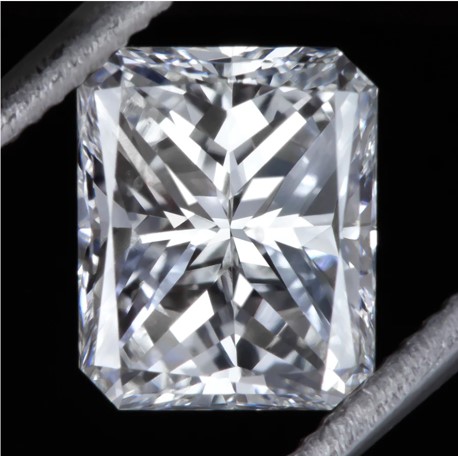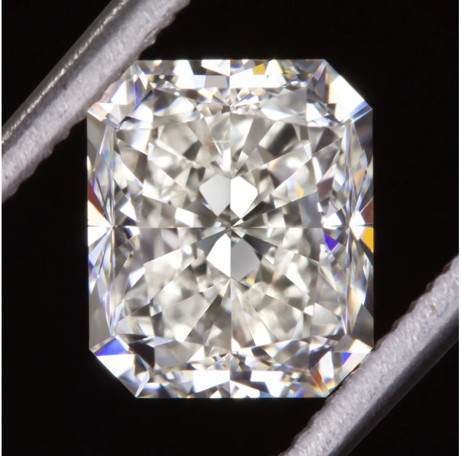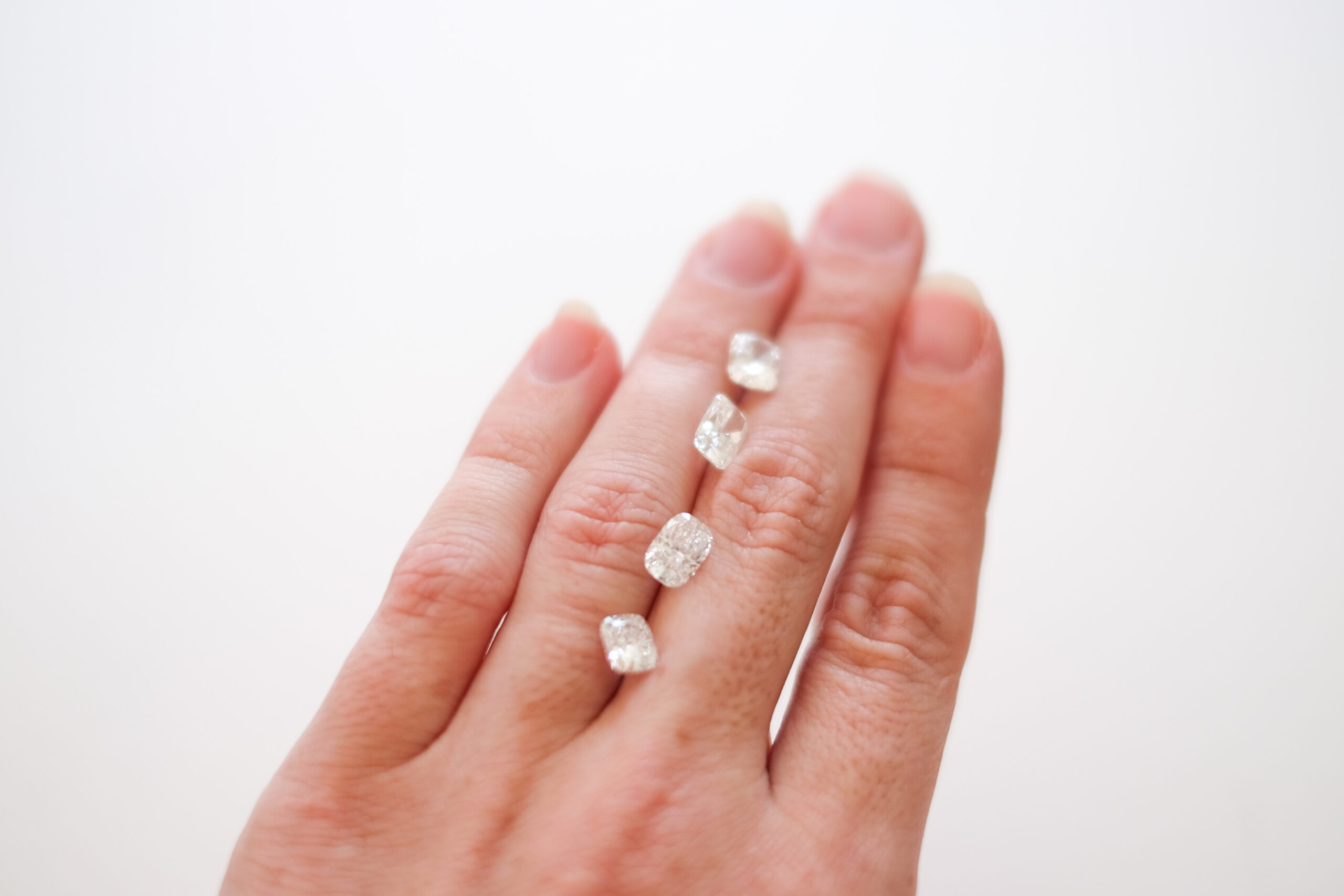Your diamond engagement ring might just be one of the most important purchases of your life – so here’s our take on “the 4 Cs”, but more importantly, how to throw them out the window and pick a
diamond you love!
Rule #1: Understand the 4Cs
Diamonds are graded on their cut, clarity and color – and considering the combination of these
factors in conjunction with carat size (obviously!) is how most consumers select their diamonds. However, applying “the 4 Cs” can be tricky. Hopefully these tips help!
Color
Color can have a huge impact on the look of a diamond (and on it’s price). For standard colorless
diamonds (as opposed to colored – known as “fancy colored” – diamonds like pink, blue, and yellow) the color ratings range from D to Z.
The first three designations, D-F, are considered “colorless” or near colorless. The amount of yellow, golden, peach or brown undertone increases every color letter after that through Z (after which the diamond moves into an entirely different category: it becomes a fancy colored diamond). While diamonds with more color than a G are often overlooked, some people might actually prefer a stone with more color (keep reading below for more on this in Rule #2!).

Cut
Diamonds are graded based on being cut to very exacting angles and ratios. Each different part of a
diamond (crown, pavilion, table, girdle, etc.) has ideal proportions and angles which change from one
type of cut to another that can really impact how sparkly it is (it’s brilliance) and its overall appeal. Lab
grown diamonds tend to vary much less from these ideal proportions because they are cut based on
what the consumer prefers, as opposed to natural diamonds which are cut to balance between consumer preference and maximizing carat size due to the higher value and rarity of the natural rough material.

Round brilliant diamonds are the most available cut – all other shapes are considered “fancy”. Both the kind of cut (round brilliant vs princess) and how good the cut is, impact the pricing. Only round brilliants are officially graded on cut as there is too much variance among the other cuts to officially grade them. If you look at several diamonds side by side, though, you’ll be able to see how the cut changes the diamonds individual look. The diamonds below are about the same size in terms of carat weight and dimensions, and are technically the same cut (radiant), but have very different looks based on their different color and facets (cutting pattern).


Clarity
Clarity refers to number and size of the inclusions found in a diamond. Each consumer’s tolerance for inclusions varies, but they are best evaluated in person. In general, inclusions are much better hidden in brilliant cuts like cushion brilliants, round brilliants, and radiants. Gemologists, jewelers, and diamond suppliers use a 20x loupe to evaluate clarity and see inclusions, but we are of the opinion that when you buy a diamond how it looks to you at about a foot away is the most important thing.

Carat Weight
Diamonds are sold based on their weight – and their shape, cut, and proportions reflect the diamond cutter’s attempt to maximize both carat weight and beauty at the same time. Natural diamonds over 2 carats are much harder to find than diamonds over 1 or 1.5 carats. Diamonds over 2.5 or 3 carats are even rarer still. As such, diamond prices aren’t linear by size, but more like steps, or even an exponential curve, by carat weight. Some cuts of diamonds (like radiants) tend to look bigger at the same size than others.
Rule #2: Throw out the 4Cs!
At the end of the day, the 4Cs are a good way to talk about diamonds in a common language. But we don’t find that it’s the best way to choose a diamond to wear for the rest of your life (or to give to someone you love to wear for the rest of their life).
Each diamond has an individual personality and appeal, and the diamond you choose should reflect your personal aesthetic and speak to you! When we work with clients to choose a stone, we do a little exercise to help them think about what characteristics are most important to them and go from there.
And its important to remember that a diamond’s specifications on paper, or even how it looks on a website video, may not mean that you fall in love with it in person – the best way to choose your perfect diamond is to have an expert help you, or to at least see it in person before purchasing!
Start with feeling.
Start with how the person wearing it will want the overall ring to feel or reflect their style. For instance, someone who likes soft, romantic things, or wants the ring to feel cozy and candlelit might be open to a diamond with much more color (like a J,K, or L) – especially if they like yellow or rose gold settings. Someone who’s looking for a statement piece might want a larger diamond and not be bothered as much by more inclusions in the stone.
Compare stones side by side.
This doesn’t have to be in person – even just seeing the same two or three diamonds lined up on someone’s finger can help you determine to which one you are naturally drawn. Often our clients go with something slightly different than what they sent us looking for when they see stones next to others in person.
In general, we usually show our clients 5-6 diamonds that we’ve handpicked for them from hundreds of options. On the [rare] occasion that they don’t see something they like then we go to find new ones. There are hundreds of thousands of diamonds available at any given time – the perfect on is out there for you!
Don’t worry about inclusions you can’t see.
When picking out a diamond, we almost never worry about its clarity until seeing it in person. Unless the inclusions take away from the diamond’s beauty by being obviously visible to the naked eye or creating a dull, milky, or cloudy appearance anywhere in the stone, then we appreciate them as part of the diamond’s individual fingerprint and move on.
Pay close attention to the cut of the stone.
What is your initial reaction to the stone? Do you go, “ahhhh sparkly,” or, “oh dang, that’s pretty!”? The overall cut and shape can have a big impact on that initial reaction and in many ways define the diamond’s personality. Sometimes it might be something about one diamond’s shape (even if it isn’t the best diamond on paper) that really draws you in – pick that one!
Finally, focus on your priorities.
Finding a good diamond is a bit like buying a house or online dating (seriously!). Sometimes when you narrow down your search too much, you miss options that would be perfect for you! I find a good rule of thumb is to focus on two of the four Cs and then be open to looking at any diamonds in that category that fit your budget.
For example; instead of looking for a 3 carat, D color, VVS2, oval diamond; if what you are really looking for is a lot of finger coverage that’s really sparkly (cut & carat weight), then consider being open to cushions, ovals, and marquise cuts 2.75 carats and above, and let color and clarity take a backseat – you might be surprised what you find and fall in love with!

Comments +